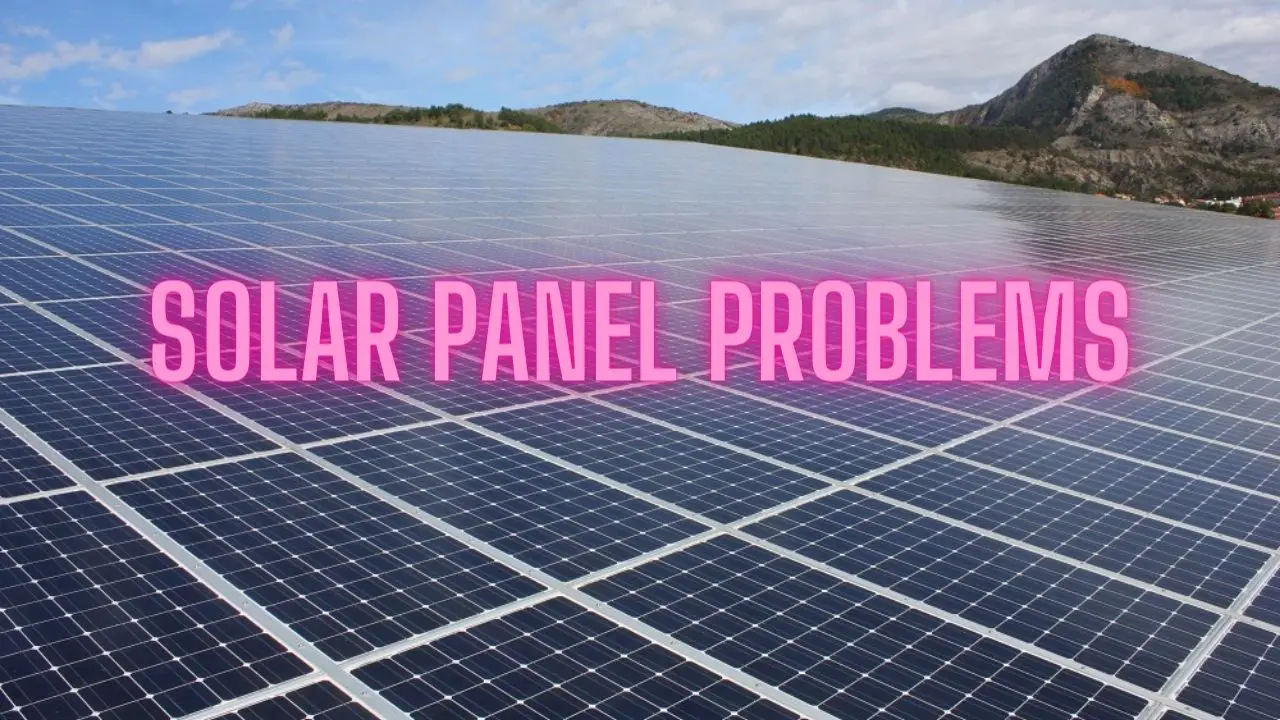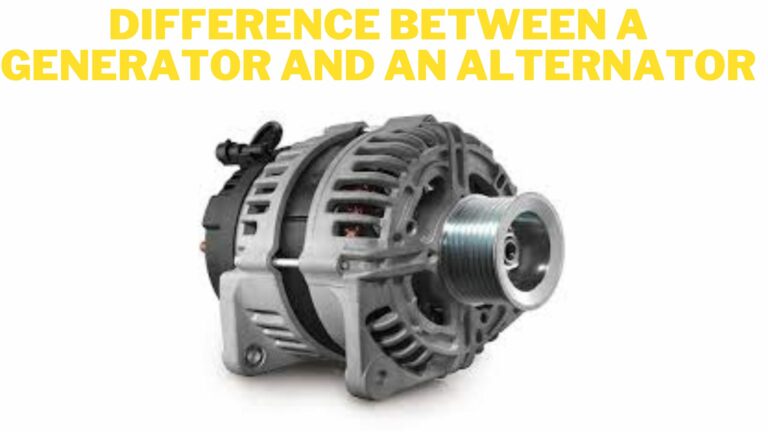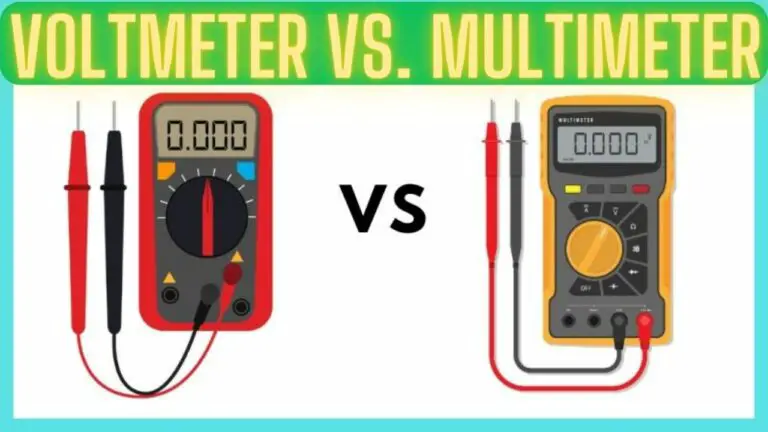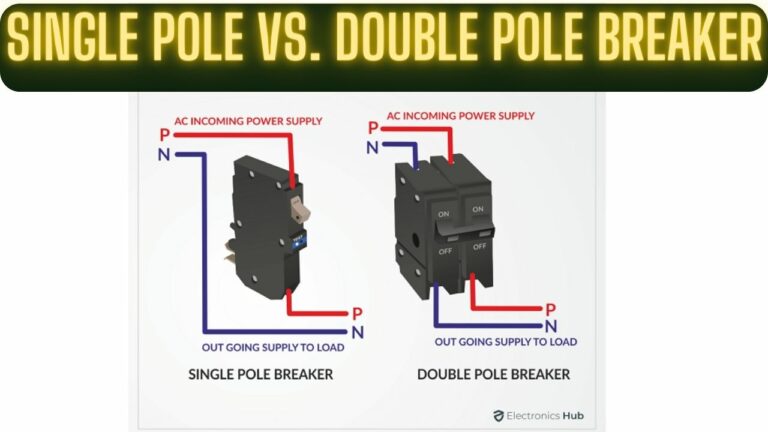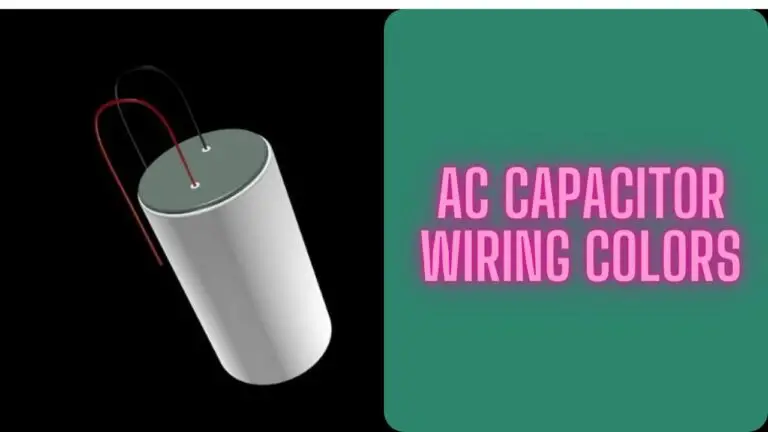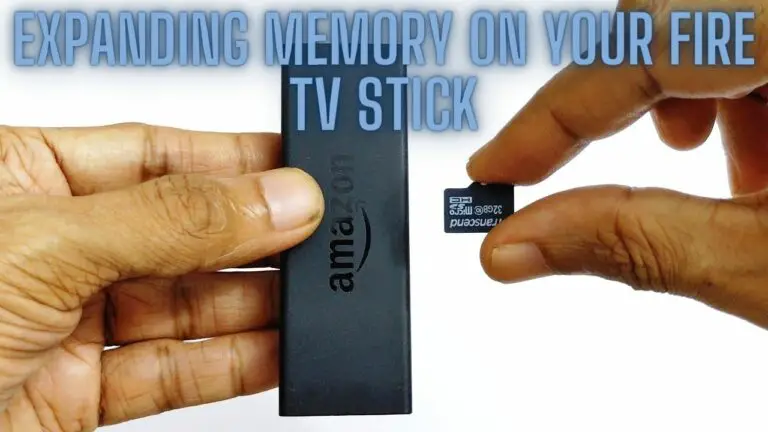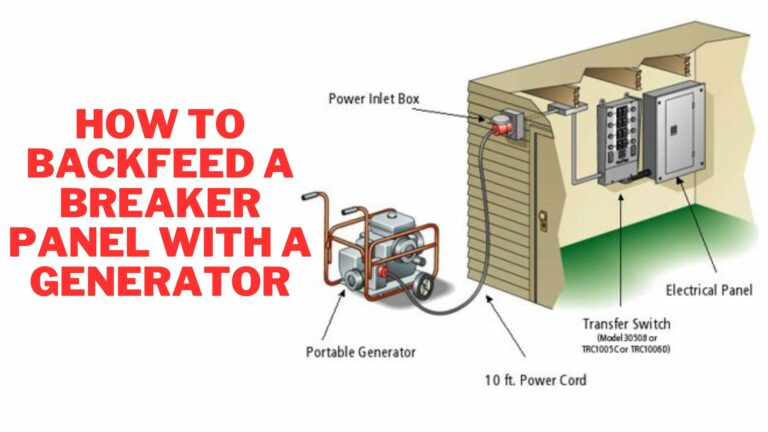Common Solar Panel Problems: Troubleshooting and Solutions
Introduction
Solar energy has emerged as a vital source of renewable energy, offering a sustainable and environmentally friendly alternative to traditional fossil fuels. Solar panel systems harness the power of sunlight to generate electricity, providing clean energy for a variety of applications, from residential homes to commercial installations and beyond.
However, like any complex system, solar panel installations are susceptible to various issues and problems that can affect their performance and efficiency over time. From shading and dirt buildup to component failures and electrical issues, understanding and addressing these common problems is essential to maximize the effectiveness and longevity of your solar panel system.
This guide aims to provide a comprehensive overview of the common problems encountered with solar panels, along with practical solutions and preventative measures to mitigate these issues. By equipping yourself with the knowledge and tools to identify, troubleshoot, and address these challenges, you can ensure that your solar panel system operates at its full potential, delivering clean, reliable energy for years to come.
Whether you’re a homeowner considering solar panels for your property, a solar energy professional, or simply curious about the intricacies of solar technology, this guide will serve as a valuable resource to help you navigate the complexities of solar panel maintenance and troubleshooting. Let’s embark on a journey to unlock the full potential of solar energy while overcoming the challenges along the way.
Solar Panel Basics
Solar panels, also known as photovoltaic (PV) panels, are devices that convert sunlight into electricity through the photovoltaic effect. Understanding the basics of solar panels is essential for grasping their functionality and importance in renewable energy systems. Here’s an overview:
- How Solar Panels Work:
- Solar panels consist of multiple solar cells made from semiconductor materials, typically silicon.
- When sunlight hits the solar cells, it excites electrons within the semiconductor material, creating an electric current.
- This electric current is then captured by conductive metal contacts within the solar cells and routed through electrical wiring to generate usable electricity.
- Components of a Solar Panel System:
- Solar Panels: The primary component responsible for capturing sunlight and converting it into electricity.
- Inverter: Converts the direct current (DC) electricity produced by the solar panels into alternating current (AC) electricity suitable for use in homes and businesses.
- Mounting Structure: Supports and positions the solar panels for optimal sunlight exposure, typically installed on rooftops or ground-mounted structures.
- Racking and Framing: Provides structural support and protection for the solar panels, ensuring durability and stability in various weather conditions.
- Electrical Wiring: Connects the solar panels to the inverter and electrical distribution system, transmitting the generated electricity to the desired location.
- Monitoring System: Tracks the performance and output of the solar panel system, allowing for real-time monitoring and analysis of energy production.
- Types of Solar Panels:
- Monocrystalline Solar Panels: Made from single-crystal silicon, monocrystalline panels offer high efficiency and performance but tend to be more expensive.
- Polycrystalline Solar Panels: Constructed from multiple silicon crystals, polycrystalline panels are cost-effective but typically have slightly lower efficiency than monocrystalline panels.
- Thin-Film Solar Panels: Thin-film panels utilize layers of photovoltaic material deposited on a substrate, offering flexibility and lightweight design but lower efficiency compared to crystalline panels.
- Applications of Solar Panels:
- Residential: Solar panels are commonly installed on rooftops of residential homes to generate electricity for powering appliances, lighting, and other electrical devices.
- Commercial: Commercial buildings and businesses utilize solar panels to reduce energy costs and environmental impact, often through rooftop installations or ground-mounted arrays.
- Utility-Scale: Large-scale solar power plants generate electricity for distribution to the grid, contributing to renewable energy production on a broader scale.
Understanding these fundamental aspects of solar panels lays the groundwork for exploring their capabilities, advantages, and potential challenges in harnessing solar energy for various applications. As solar technology continues to advance and evolve, solar panels play an increasingly vital role in the transition to a sustainable energy future.
Importance of Maintenance
Maintenance is a crucial aspect of ensuring the optimal performance, efficiency, and longevity of solar panel systems. While solar panels are designed to withstand various environmental conditions and operate with minimal maintenance, regular upkeep is essential to address issues that can affect their performance over time. Here are several reasons highlighting the importance of maintenance for solar panel systems:
- Maximizing Energy Production:
- Regular maintenance helps ensure that solar panels operate at their peak efficiency, maximizing energy production and output.
- By keeping solar panels clean and free of debris, shading, and other obstructions, maintenance activities enable maximum sunlight absorption and conversion into electricity.
- Preventing Efficiency Loss:
- Over time, factors such as dust, dirt, bird droppings, and environmental pollutants can accumulate on the surface of solar panels, reducing their efficiency.
- Routine cleaning and maintenance activities prevent efficiency loss by removing debris and ensuring optimal sunlight exposure to the solar cells.
- Extending Lifespan:
- Proper maintenance can significantly extend the lifespan of solar panel systems, allowing them to continue generating electricity efficiently for many years.
- Addressing issues such as corrosion, degradation, and component wear through regular maintenance helps prevent premature failure and costly repairs.
- Protecting Investment:
- Solar panel systems represent a significant investment for homeowners, businesses, and organizations. Regular maintenance protects this investment by preserving the performance and value of the system over time.
- By ensuring that solar panels operate at their best, maintenance activities help maximize the return on investment (ROI) and financial benefits of solar energy.
- Identifying and Addressing Issues Early:
- Routine maintenance allows for the early detection and resolution of potential issues or problems with solar panel systems.
- By conducting regular inspections and performance checks, maintenance activities enable timely identification of issues such as shading, damage, wiring faults, and equipment malfunctions before they escalate into more significant problems.
- Ensuring Safety and Compliance:
- Regular maintenance helps ensure the safety and compliance of solar panel systems with relevant regulations, standards, and industry best practices.
- By addressing safety hazards, electrical issues, and structural concerns, maintenance activities mitigate risks of accidents, injuries, and non-compliance with local codes and regulations.
- Promoting Environmental Sustainability:
- By optimizing the performance and efficiency of solar panel systems, maintenance contributes to greater environmental sustainability by maximizing the generation of clean, renewable energy.
- Solar energy plays a crucial role in reducing greenhouse gas emissions and mitigating climate change, making the maintenance of solar panel systems essential for environmental protection and conservation.
In summary, maintenance is vital for ensuring the reliable operation, efficiency, and longevity of solar panel systems. By investing time and effort in regular upkeep, solar panel owners can maximize energy production, protect their investment, and contribute to a more sustainable future powered by clean, renewable energy.
Common Solar Panel Problems
Solar panels are a reliable and durable technology for generating clean energy from sunlight. However, like any other technology, they can experience various problems over time that may affect their performance and efficiency. Here are some of the most common solar panel problems:
- Shading and Obstructions:
- Shading from nearby trees, buildings, or other objects can significantly reduce the amount of sunlight reaching the solar panels, diminishing their energy production.
- Even partial shading on a single solar cell can lead to a disproportionate drop in output for the entire panel or string of panels.
- Dirt and Debris Buildup:
- Accumulation of dirt, dust, leaves, bird droppings, and other debris on the surface of solar panels can obstruct sunlight and reduce their efficiency.
- Dirty solar panels may require more frequent cleaning to maintain optimal performance, especially in areas with high levels of air pollution or dust.
- Physical Damage:
- Solar panels can be susceptible to physical damage from hail, falling branches, birds, or other impacts, resulting in cracks, scratches, or shattered glass.
- Physical damage compromises the integrity of the solar panel and may lead to reduced energy output or complete failure.
- Degradation and Wear:
- Over time, solar panels may experience degradation due to exposure to sunlight, temperature fluctuations, and environmental factors.
- Degradation can manifest as a decrease in power output or efficiency, requiring periodic monitoring and maintenance to identify and address.
- Inverter Issues:
- Inverters are essential components of solar panel systems responsible for converting DC electricity generated by the panels into AC electricity for use in homes or businesses.
- Inverter failures or malfunctions can result in a complete loss of power production or reduced efficiency, requiring prompt diagnosis and repair.
- Electrical Wiring Problems:
- Faulty wiring connections, loose terminals, or damaged cables can disrupt the flow of electricity within the solar panel system, leading to performance issues or safety hazards.
- Electrical wiring problems may cause voltage drops, overheating, or electrical arcing, posing risks of fire or electrical damage.
- Connection and Junction Box Failures:
- Connection points and junction boxes where solar panels are interconnected can experience failures due to corrosion, loose connections, or water ingress.
- Faulty connections or junction box failures can interrupt the flow of electricity and compromise the overall performance of the solar panel array.
- Monitoring and Control System Malfunctions:
- Monitoring systems that track the performance and output of solar panel installations may experience malfunctions or communication errors, leading to inaccurate data or lack of visibility into system performance.
- Regular monitoring and maintenance of monitoring systems are essential to ensure accurate reporting and early detection of potential issues.
By being aware of these common solar panel problems, solar system owners and operators can take proactive measures to address issues promptly, minimize downtime, and maximize the long-term performance and reliability of their solar panel installations. Regular maintenance, inspections, and monitoring are essential for identifying and resolving problems before they escalate and impact energy production.
Signs and Symptoms of Problems
Identifying signs and symptoms of problems with your solar panel system is crucial for maintaining its efficiency and performance. Here are some common signs to watch for:
- Decreased Energy Production:
- Monitor your solar panel system’s energy production over time. A significant decrease in energy output compared to previous periods may indicate underlying issues with the system.
- Visible Damage or Discoloration:
- Inspect the solar panels regularly for visible signs of damage, such as cracks, scratches, or shattered glass.
- Look for discoloration or dark spots on the surface of the panels, which may indicate dirt buildup, corrosion, or hot spots caused by electrical issues.
- Unusual Sounds or Odors:
- Listen for any unusual sounds coming from the solar panel system, such as buzzing, humming, or popping noises, which may indicate electrical or mechanical problems.
- Pay attention to any unusual odors, such as burning or melting smells, which could signal overheating or electrical issues.
- Monitoring System Alerts:
- If your solar panel system is equipped with a monitoring system, pay attention to any alerts or notifications indicating system errors, faults, or performance issues.
- Common alerts may include inverter faults, communication errors, or low energy production warnings.
- Inconsistent Performance:
- Notice any fluctuations or inconsistencies in your solar panel system’s energy production or output. Sudden drops or spikes in energy production without apparent reasons may indicate underlying issues.
- Keep track of seasonal variations in energy production and compare them to expected performance levels based on weather conditions and solar panel specifications.
- Physical Damage or Debris Accumulation:
- Look for physical damage to the solar panels, mounting structures, or other components of the system, such as loose or damaged wiring, bent racking, or broken junction boxes.
- Check for signs of debris accumulation on the surface of the solar panels, including dirt, leaves, bird droppings, or other obstructions that may hinder sunlight absorption.
- Inverter Display Warnings:
- If your solar panel system is equipped with a digital display or interface on the inverter, pay attention to any error codes, warning messages, or abnormal readings displayed.
- Common inverter warnings may include overvoltage, overcurrent, ground fault, or insulation resistance issues.
- Abnormal Behavior during Maintenance or Inspections:
- During routine maintenance or inspections of your solar panel system, observe any abnormal behavior, such as sparking, arcing, or unusual heat emissions, which may indicate electrical problems.
- Take note of any loose connections, corrosion, or water ingress at junction boxes, wiring terminals, or other connection points.
By being vigilant and observant of these signs and symptoms, you can proactively identify and address problems with your solar panel system before they escalate into more significant issues. Regular inspections, maintenance, and monitoring are essential for ensuring the long-term performance and reliability of your solar panel installation.
Diagnosing and Troubleshooting
Diagnosing and troubleshooting issues with your solar panel system requires a systematic approach to identify the root cause of the problem accurately. Here’s a step-by-step guide to help you diagnose and troubleshoot common issues:
- Visual Inspection:
- Start by visually inspecting the solar panel system for any obvious signs of damage, debris accumulation, or irregularities.
- Check the solar panels, mounting structures, wiring, junction boxes, inverters, and monitoring equipment for physical damage, loose connections, or signs of wear.
- Monitor Performance:
- Use the monitoring system (if available) to track the performance and output of the solar panel system over time.
- Review historical data and compare current energy production levels to expected values based on weather conditions, time of year, and solar panel specifications.
- Check Inverter Display:
- If your solar panel system is equipped with an inverter display or interface, check for any error codes, warning messages, or abnormal readings.
- Note any fluctuations in voltage, current, or power output that may indicate inverter issues or electrical problems.
- Inspect Wiring and Connections:
- Examine the electrical wiring and connections throughout the solar panel system, including junction boxes, combiner boxes, and terminals.
- Look for loose connections, corrosion, frayed wires, or signs of overheating that may indicate electrical faults.
- Perform Electrical Testing:
- Use a multimeter or electrical testing device to measure voltage, current, and resistance at various points in the solar panel system.
- Test the output of individual solar panels, strings, and the entire system to identify any discrepancies or abnormalities.
- Verify Sunlight Exposure:
- Check for shading or obstructions that may be blocking sunlight from reaching the solar panels, such as trees, buildings, or nearby structures.
- Use shading analysis tools or software to determine the impact of shading on solar panel performance and identify potential solutions.
- Inspect Inverter and Monitoring System:
- Open the inverter enclosure (if safe to do so) and inspect the internal components for signs of damage, overheating, or component failures.
- Check the connections, fuses, and circuit breakers within the inverter and monitoring system to ensure they are functioning correctly.
- Review Maintenance Records:
- Review the maintenance records and service history of the solar panel system to identify any previous issues or repairs.
- Look for patterns or recurring problems that may indicate underlying systemic issues with the system design or components.
- Consult Manufacturer Documentation:
- Refer to the manufacturer’s documentation, user manuals, and technical specifications for guidance on troubleshooting specific issues and recommended maintenance procedures.
- Contact the manufacturer or a qualified solar technician for assistance with diagnosing complex or persistent problems.
- Seek Professional Assistance:
- If you’re unable to identify or resolve the problem on your own, seek assistance from a qualified solar panel technician or installer.
- Professional technicians have the expertise, tools, and experience to diagnose and troubleshoot complex issues effectively and safely.
By following these steps and taking a systematic approach to diagnosing and troubleshooting issues with your solar panel system, you can identify the root cause of the problem and implement appropriate solutions to restore optimal performance and efficiency. Regular maintenance, monitoring, and periodic inspections are essential for preventing and addressing issues before they escalate.
Solutions and Repairs
Once you’ve identified the problem with your solar panel system through diagnostic procedures, it’s time to implement solutions and repairs to address the issues effectively. Here are some common solutions and repair techniques for various problems:
- Shading and Obstructions:
- Trim or remove trees, branches, or foliage that are shading the solar panels to maximize sunlight exposure.
- Install shading mitigation devices such as solar panel optimizers or microinverters to minimize the impact of shading on individual panels.
- Dirt and Debris Buildup:
- Clean the surface of the solar panels regularly using water, a mild detergent, and a soft brush or sponge to remove dirt, dust, bird droppings, and other debris.
- Consider investing in automated cleaning systems or hiring professional cleaning services for larger installations or hard-to-reach areas.
- Physical Damage:
- Repair minor physical damage to solar panels, such as scratches or cracks, using specialized repair kits or sealants designed for photovoltaic (PV) modules.
- Replace severely damaged or shattered panels with new ones to restore the integrity and performance of the solar panel array.
- Degradation and Wear:
- Monitor the performance of the solar panel system regularly to identify degradation or efficiency losses over time.
- Consider upgrading or replacing older panels with higher-efficiency models to improve overall system performance and energy production.
- Inverter Issues:
- Troubleshoot inverter faults or malfunctions by resetting the inverter, checking connections, and verifying input/output voltages and currents.
- Replace faulty inverters with new ones or upgrade to more advanced models with improved efficiency and performance.
- Electrical Wiring Problems:
- Inspect and repair damaged or frayed wiring, loose connections, or corroded terminals within the solar panel system.
- Ensure proper sizing and routing of electrical conductors to minimize voltage drops and optimize system performance.
- Connection and Junction Box Failures:
- Replace defective or malfunctioning junction boxes, connectors, or wiring harnesses to restore proper electrical connections and prevent water ingress or corrosion.
- Seal junction boxes and connection points with weatherproofing materials to protect against moisture and environmental damage.
- Monitoring System Malfunctions:
- Troubleshoot monitoring system errors or communication failures by checking connections, settings, and configurations.
- Update monitoring system firmware or software to the latest version and ensure compatibility with other system components.
- Professional Repairs:
- If you’re unsure about performing repairs yourself or if the problem requires specialized knowledge or tools, consult a qualified solar panel technician or installer for professional repairs.
- Professional technicians have the expertise and experience to diagnose and address complex issues safely and effectively.
- Preventative Maintenance:
- Implement preventative maintenance measures such as regular cleaning, inspections, and system checks to identify and address potential problems before they escalate.
- Keep detailed maintenance records and schedule routine service appointments to ensure the long-term reliability and performance of your solar panel system.
By implementing these solutions and repair techniques, you can effectively address common problems with your solar panel system and restore its efficiency, performance, and reliability. Regular maintenance and proactive troubleshooting are essential for maximizing the lifespan and energy production of your solar panel installation.
Preventative Measures
Implementing preventative measures is crucial for maintaining the efficiency, reliability, and longevity of your solar panel system. By taking proactive steps to prevent potential problems, you can minimize downtime, maximize energy production, and extend the lifespan of your solar panels. Here are some key preventative measures to consider:
- Regular Cleaning:
- Schedule regular cleaning of your solar panels to remove dirt, dust, pollen, bird droppings, and other debris that can accumulate on the surface.
- Clean panels using water, a mild detergent, and a soft brush or sponge, or consider investing in automated cleaning systems for larger installations.
- Trimming Vegetation:
- Trim or prune trees, branches, foliage, and other vegetation that may shade the solar panels and reduce sunlight exposure.
- Keep nearby trees and plants well-maintained to minimize shading throughout the day and year-round.
- Inspect Mounting Structures:
- Inspect the mounting structures, racking, and frames supporting your solar panels for signs of wear, corrosion, or structural damage.
- Tighten loose bolts, screws, or fasteners and replace any damaged or deteriorated components to ensure the stability and integrity of the installation.
- Check Electrical Connections:
- Regularly inspect electrical wiring, junction boxes, connectors, and terminals for signs of corrosion, loose connections, or damage.
- Tighten connections as needed and replace any worn or damaged wiring to prevent electrical faults and ensure optimal conductivity.
- Monitor System Performance:
- Use a monitoring system to track the performance and output of your solar panel system in real-time.
- Monitor energy production, voltage, current, and other key metrics to identify any deviations from expected performance levels and address potential issues promptly.
- Perform Regular Inspections:
- Conduct routine visual inspections of your solar panel system to check for signs of damage, deterioration, or irregularities.
- Look for cracks, scratches, discoloration, or other visible damage on the surface of the panels, as well as loose components or wiring.
- Protect Against Wildlife:
- Install bird deterrents, such as spikes, netting, or visual repellents, to prevent birds and other wildlife from nesting or perching on your solar panels.
- Consider installing critter guards or barriers to protect against rodents, squirrels, and other pests that may chew on wiring or cause damage.
- Weatherproofing:
- Seal and weatherproof junction boxes, connectors, and other electrical components to protect against moisture, humidity, and environmental damage.
- Use waterproofing sealants, gaskets, or tapes to create a watertight seal and prevent water ingress into sensitive electrical areas.
- Professional Maintenance:
- Schedule periodic maintenance appointments with a qualified solar panel technician or installer to conduct thorough inspections, testing, and servicing of your solar panel system.
- Professionals can identify potential issues early, perform preventive maintenance tasks, and ensure the continued reliability and performance of your solar installation.
By implementing these preventative measures and incorporating regular maintenance into your solar panel system management plan, you can minimize the risk of problems, optimize energy production, and protect your investment for years to come. Regular upkeep and vigilance are key to maximizing the benefits of solar energy and enjoying reliable, clean power for your home or business.
DIY vs. Professional Assistance
When it comes to maintaining and troubleshooting your solar panel system, you may wonder whether to handle issues yourself (DIY) or seek professional assistance. Both approaches have their advantages and considerations, depending on the complexity of the problem, your technical skills, and safety concerns. Here’s a comparison to help you decide:
DIY (Do-It-Yourself):
- Cost-Effective:
- DIY repairs and maintenance may save you money on service fees or technician charges.
- You can purchase cleaning supplies, tools, and materials for basic maintenance tasks at a lower cost.
- Convenience:
- DIY allows you to address minor issues promptly without waiting for a technician appointment.
- You have more control over the timing and scheduling of maintenance tasks to fit your availability.
- Learning Opportunity:
- DIY maintenance provides an opportunity to learn about your solar panel system and its components.
- You can develop valuable skills and knowledge that may help you troubleshoot future issues more effectively.
- Risk of Errors:
- DIY repairs carry the risk of mistakes or errors that could worsen the problem or void warranties.
- Lack of expertise or experience may result in incomplete or ineffective repairs, leading to continued issues.
- Safety Concerns:
- Working with electricity and climbing on rooftops poses safety risks, especially for individuals without proper training or equipment.
- DIYers must take precautions to prevent accidents, falls, electrical shocks, or damage to equipment.
Professional Assistance:
- Expertise and Experience:
- Certified technicians and solar professionals have specialized training, knowledge, and experience in diagnosing and repairing solar panel systems.
- They can accurately identify complex issues and implement solutions efficiently, reducing downtime and potential future problems.
- Quality Assurance:
- Professional assistance ensures that repairs and maintenance tasks are performed correctly and in compliance with industry standards.
- Technicians use specialized tools, equipment, and techniques to achieve optimal results and prolong the lifespan of your solar panel system.
- Warranty Coverage:
- Repairs performed by authorized technicians may be covered by manufacturer warranties, protecting you from additional costs for defective parts or workmanship.
- DIY repairs may void warranties if not performed according to manufacturer guidelines.
- Safety:
- Professionals have the training, safety gear, and protocols to work safely at heights and around electrical systems.
- Hiring a licensed technician reduces the risk of accidents, injuries, or damage to property associated with DIY repairs.
- Time-Saving:
- Professional assistance saves you time and effort by delegating complex or time-consuming tasks to trained experts.
- Technicians can diagnose and resolve issues efficiently, allowing you to focus on other priorities.
In summary, deciding between DIY and professional assistance for solar panel maintenance and troubleshooting depends on your comfort level, technical expertise, safety considerations, and the complexity of the problem. While DIY may be suitable for minor tasks and routine maintenance, complex issues or safety concerns are best handled by qualified professionals to ensure optimal performance, safety, and peace of mind.
Solar Panel FAQS
How do solar panels work?
Solar panels, also known as photovoltaic (PV) panels, convert sunlight into electricity using semiconductor materials. When sunlight hits these materials, it generates direct current (DC) electricity. An inverter then converts DC electricity into alternating current (AC), which is used to power your home or business.
How long do solar panels last?
The average lifespan of solar panels is around 25 to 30 years, although many panels can continue to produce electricity well beyond that timeframe. Most reputable manufacturers provide warranties that guarantee a certain level of performance over 20 to 25 years.
How much maintenance do solar panels require?
Solar panels require minimal maintenance. Regular cleaning to remove dust and debris can help maintain optimal performance. Inspections to check for physical damage, shading, or wiring issues are recommended annually or biannually.
Can solar panels work on cloudy days?
Solar panels can still produce electricity on cloudy days, although their efficiency is reduced compared to sunny conditions. Modern solar panels are designed to generate power even in diffused sunlight.
Do solar panels work during a blackout?
Most standard grid-tied solar panel systems are designed to shut down during a power outage to ensure the safety of utility workers. However, some advanced systems with energy storage capabilities can provide backup power during blackouts.
Can solar panels power my entire home?
The size of your solar panel system and your energy consumption determine whether your solar panels can power your entire home. In some cases, it’s possible to generate more energy than you use, allowing you to sell excess power back to the grid.
How much do solar panels cost?
Solar panel costs vary depending on factors like panel quality, system size, installation, and location. Prices have decreased significantly over the years, making solar panels more affordable for homeowners and businesses.
Will solar panels increase my property value?
Yes, solar panels can increase property value. Studies have shown that homes with solar panels tend to sell at higher prices than those without. Solar panels are seen as a valuable upgrade that can reduce energy costs for future homeowners.
Are there incentives for installing solar panels?
Many regions offer incentives to promote solar panel adoption. These incentives can include tax credits, rebates, grants, and net metering programs, which allow you to earn credits for excess energy sent back to the grid.
How do I choose the right solar panel installer?
When selecting a solar panel installer, consider their experience, reputation, certifications, and customer reviews. It’s recommended to get quotes from multiple installers to compare offerings and make an informed decision.
Can I install solar panels myself?
While it’s possible to install solar panels yourself, it’s a complex process that requires electrical and structural knowledge. Professional installation ensures proper safety measures, optimal performance, and adherence to local regulations.
Are there different types of solar panels?
Yes, there are various types of solar panels, including monocrystalline, polycrystalline, thin-film, and bifacial panels. Each type has its advantages and disadvantages in terms of efficiency, cost, and appearance.
Conclusion
In conclusion, while solar panels are designed to be durable and efficient, they can encounter various problems over time. Regular maintenance, vigilance in monitoring, and addressing issues promptly are essential to ensuring the longevity and optimal performance of your solar panel system. If you encounter problems beyond your expertise, it’s advisable to seek assistance from professionals or the manufacturer to prevent further complications and ensure the continued success of your solar energy investment.

